Pollinators like bees, butterflies, and hummingbirds are essential for healthy gardens and ecosystems. However, many everyday gardening habits are unknowingly harming these crucial creatures. While gardeners aim to cultivate beautiful, thriving landscapes, some of the most common practices can deter or even kill pollinators. Here’s a look at 15 garden habits that are driving pollinators away and how to avoid them.
1. Overuse of Pesticides
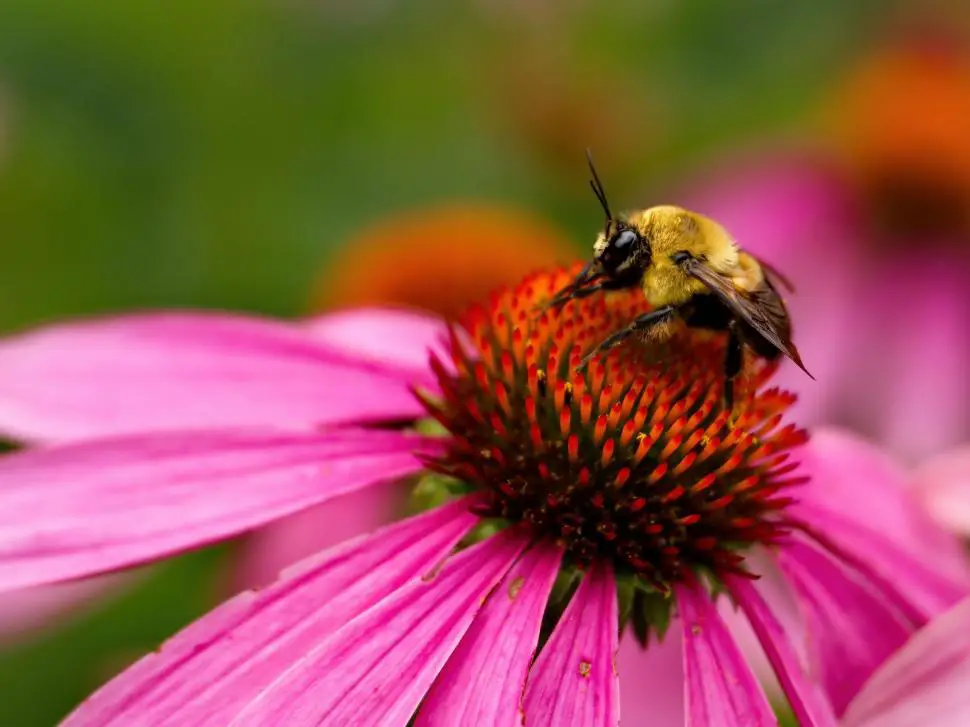
Pesticides are often a gardener’s go-to solution for controlling pests, but these chemicals can be deadly to pollinators like bees and butterflies. In fact, studies have shown that many pesticides, particularly neonicotinoids, can interfere with the pollination process by harming or killing bees. According to Ecojustice, these chemicals not only affect the targeted pests but also negatively impact the pollinators that help plants thrive. To minimize the impact, gardeners should consider using organic pest control methods or apply pesticides only in the evening when pollinators are less active.
Overusing pesticides can create a toxic environment for pollinators, reducing their numbers and affecting biodiversity. While it’s important to manage pests in the garden, finding natural solutions can help protect the crucial pollinator population. Encouraging beneficial insects like ladybugs or using physical barriers can also reduce reliance on harmful chemicals. As experts suggest, opting for eco-friendly alternatives can create a more balanced ecosystem that supports both plant growth and pollination.
2. Lack of Pollinator-Friendly Plants
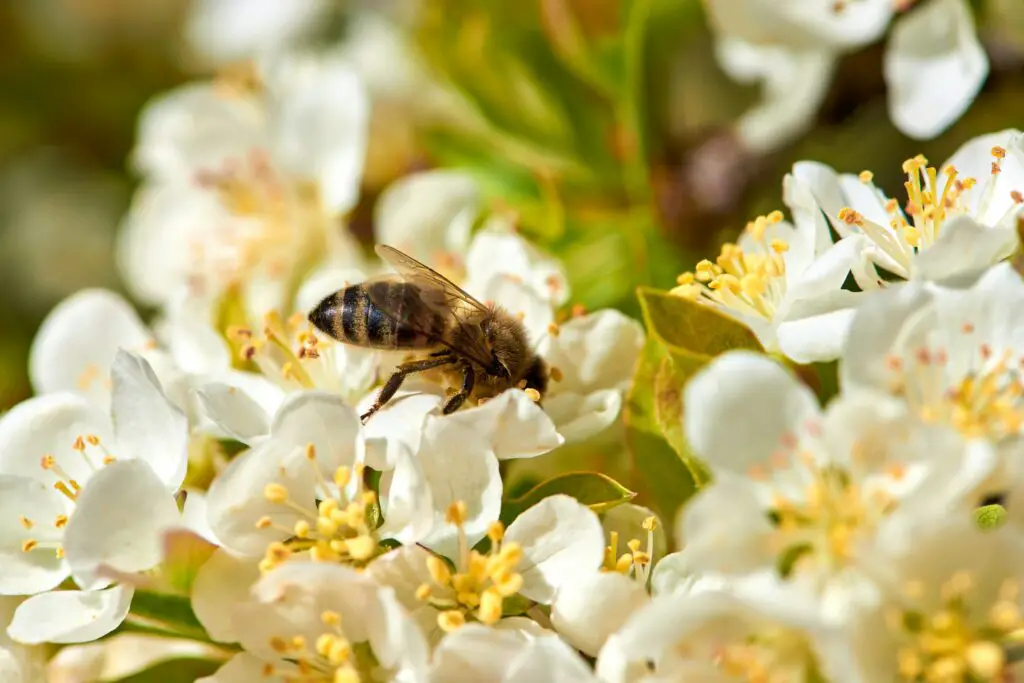
Many gardens feature beautiful flowers that lack the specific characteristics that attract pollinators. While colorful blossoms might seem appealing, they may not be providing the nutrients or structures needed for pollinators to thrive. According to The Spruce, some ornamental flowers, like hybrids or highly bred varieties, often produce less pollen or nectar, making them less appealing to bees and butterflies. To create a pollinator-friendly garden, focus on native plants known for their ability to attract bees, butterflies, and other pollinators.
Including a variety of plants that bloom at different times of the year is also crucial to ensuring a continuous food supply for pollinators. Native wildflowers such as coneflowers, lavender, and milkweed are excellent choices for creating a welcoming environment for these vital creatures. By diversifying plant types and prioritizing pollinator-friendly species, gardeners can help support the local pollinator population. Ensuring that your garden is full of the right plants is key to sustaining a thriving pollinator community.
3. Monoculture Gardens
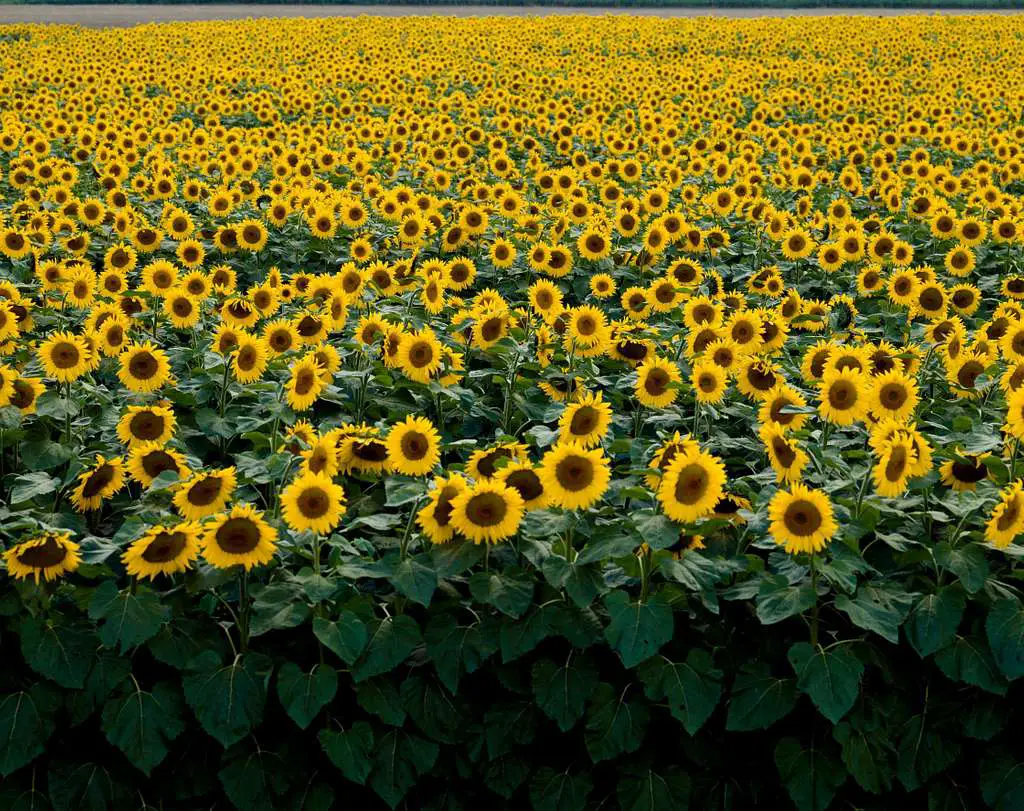
Monoculture gardens, or gardens that feature only one type of plant, can be particularly harmful to pollinators. These gardens lack the variety needed to support a diverse array of pollinators, as different species require different food sources throughout the seasons. In fact, many pollinators rely on multiple plant species for nectar and pollen, and a lack of diversity can lead to a decline in their populations. Seeds of Diversity suggests creating a varied landscape that includes a range of plants with different shapes, sizes, and blooming schedules.
A monoculture garden can also attract a larger number of pests, which might lead to an increased need for pesticides, further harming pollinators. Adding more plant varieties encourages a healthy ecosystem by providing food and shelter for various species. Incorporating shrubs, ground covers, and flowering trees into your garden not only enhances its beauty but also creates an environment that supports a range of pollinators. This simple adjustment can significantly improve the health of both your garden and local pollinator populations.
4. Using Non-Native Plants
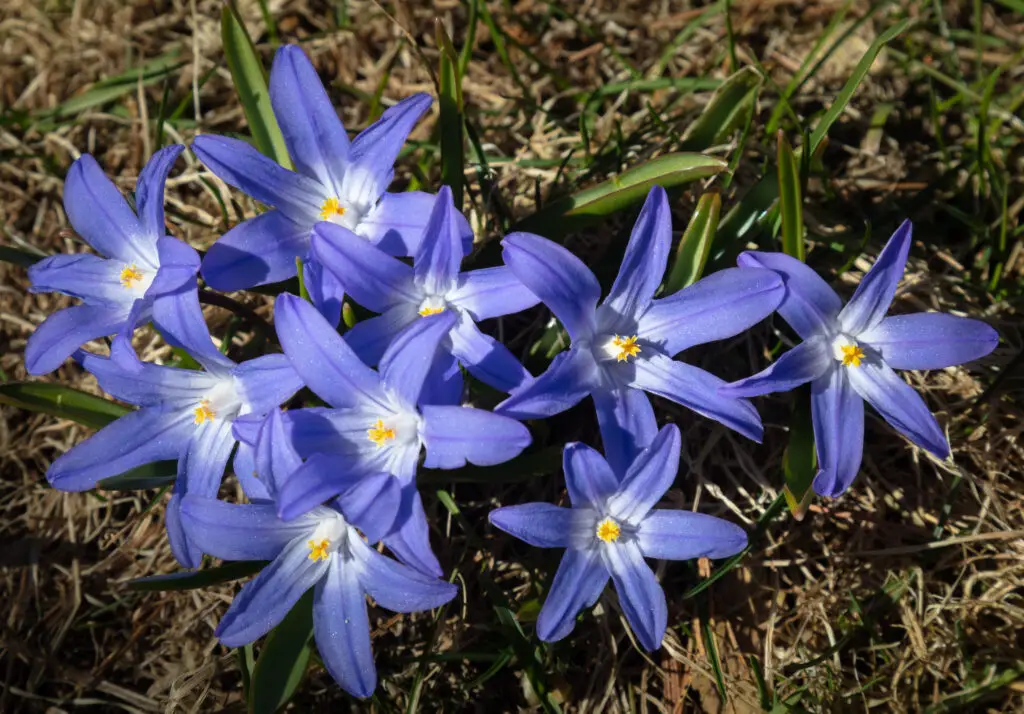
While non-native plants may seem like an easy way to add color or variety to your garden, they often don’t support local pollinators in the way native plants do. Native pollinators have evolved alongside native plants and rely on them for food and shelter. According to Forbes, many non-native species lack the pollen and nectar that local pollinators need, leading to a decline in their numbers. Opting for native plants ensures that pollinators have access to the resources they require throughout the year.
Non-native plants can also introduce invasive species that outcompete native flora, further disrupting local ecosystems. By replacing non-native plants with native species, you create a more sustainable environment for pollinators and other wildlife. Native plants are often better adapted to local climate conditions, requiring fewer resources and less maintenance while supporting local pollinator populations. Focusing on native plants not only enhances your garden’s ecological health but also contributes to the broader conservation efforts needed to protect pollinators.
5. Overfertilizing the Soil
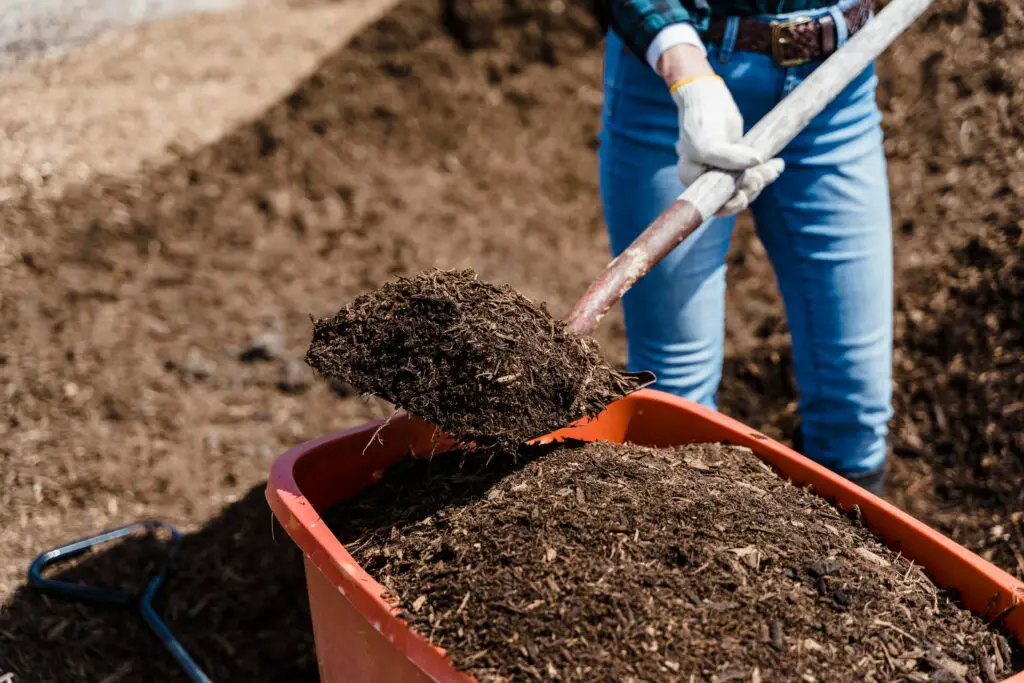
While fertilizing your garden is an important part of plant care, using too much fertilizer can have negative effects on pollinators and the environment. Excessive fertilization can lead to nutrient runoff, polluting nearby waterways and harming aquatic ecosystems. Additionally, overfertilizing can encourage lush plant growth, but it may leave plants less attractive to pollinators due to a lack of necessary nutrients. Instead of relying on chemical fertilizers, try using organic alternatives like compost or mulch to enrich your soil in a more pollinator-friendly way.
Overuse of fertilizers can also lead to imbalances in your garden’s ecosystem, favoring certain plants while others become neglected. By reducing the amount of synthetic fertilizers, you can create a more sustainable environment for both your plants and the local pollinators. Organic gardening practices help minimize the risk of runoff and promote healthier soil, which in turn encourages a thriving pollinator population. With careful attention to fertilization, you can support the health of your garden and the creatures that rely on it.
6. Neglecting Water Sources
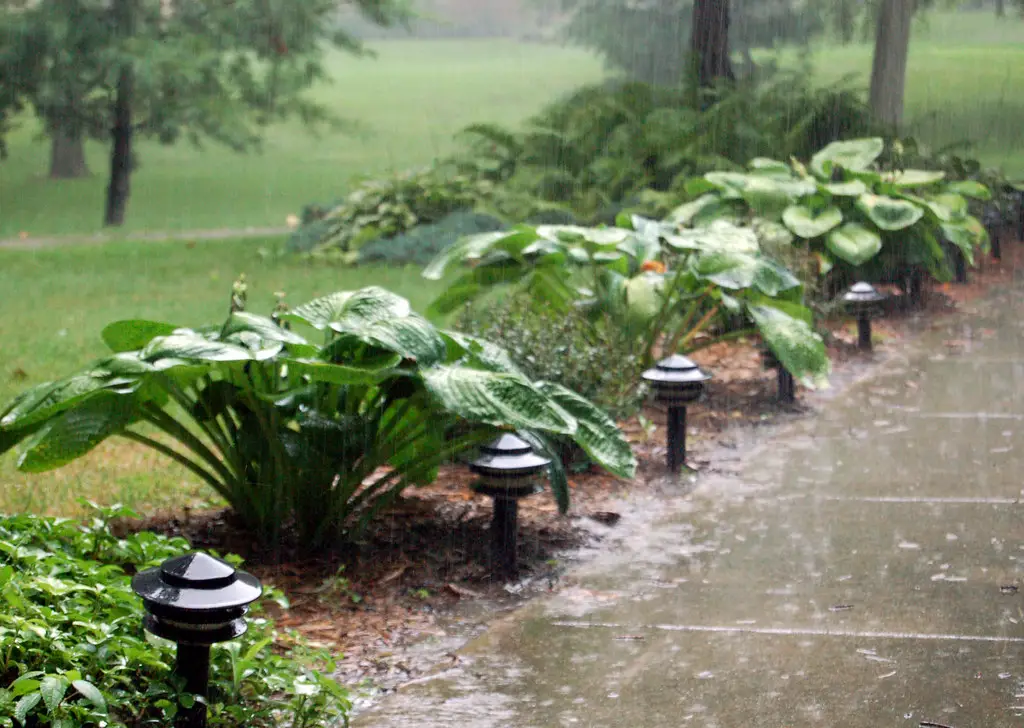
Water is just as important as flowers for pollinators. However, many gardeners forget to provide fresh, clean water sources for bees, butterflies, and other pollinators. Without access to water, pollinators can become dehydrated and unable to perform their vital roles in the garden. Adding a birdbath or shallow water dish with rocks for landing can help ensure pollinators have access to hydration when they need it most.
Keeping water sources clean is also crucial, as stagnant or contaminated water can harm pollinators. Providing a safe and accessible water supply is an easy yet effective way to support the health of pollinators and encourage them to visit your garden. Even small water features like a tiny pond or a simple container can make a big difference. A well-maintained water source will keep pollinators energized and ready to continue their essential work in your garden.
7. Mowing Too Frequently
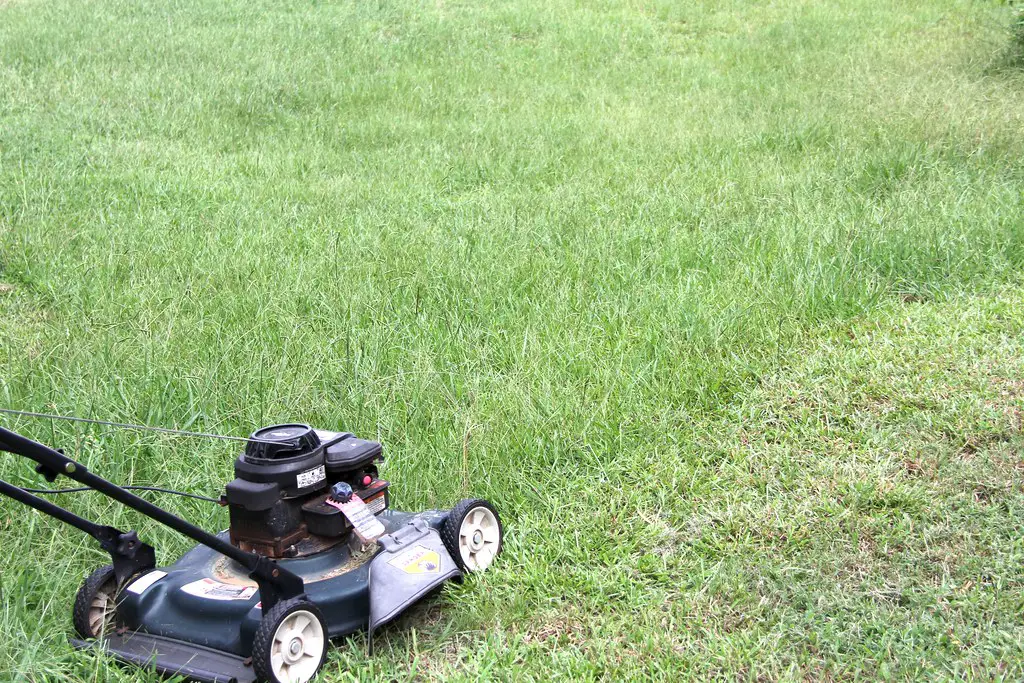
Frequent mowing can disturb the natural habitat of pollinators, especially those that nest in tall grasses or the ground. Bees, for instance, rely on undisturbed patches of grass and soil to build their nests. Regular mowing can destroy these nesting sites, reducing the number of pollinators in your garden. Allowing areas of your garden to grow a bit wild and less frequently mowed provides a haven for bees, butterflies, and other pollinating insects.
Additionally, frequent mowing removes important plants that pollinators rely on for nectar, reducing the food available for them. Cutting back on mowing can help your garden support a wider range of plants and create a richer habitat for pollinators. Simply adjusting your mowing schedule and allowing certain areas to grow naturally can improve the biodiversity in your garden. This change can make a significant difference in the overall health of both your garden and local pollinator populations.
8. Using Commercial Lawn Treatments
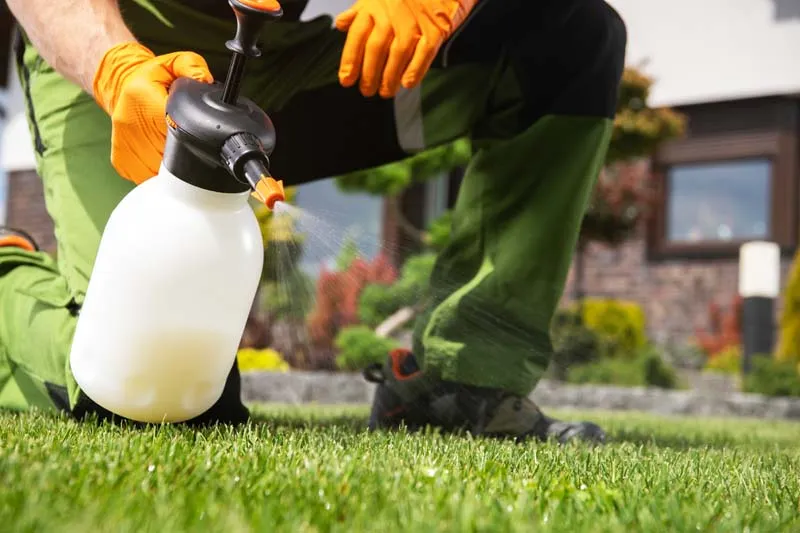
Commercial lawn treatments, such as herbicides and fungicides, are commonly used to maintain a perfect lawn but can have detrimental effects on pollinators. These chemicals can kill or repel beneficial insects like bees and butterflies, disrupting the delicate balance of your garden’s ecosystem. In addition, these treatments often end up in the soil or water, where they continue to harm pollinators and other wildlife. Opting for organic or natural alternatives can help protect pollinators while still keeping your lawn healthy.
By reducing or eliminating the use of harmful chemicals, gardeners can create a safer, more sustainable environment for pollinators. Instead of relying on commercial treatments, consider using natural methods like mulch, vinegar, or neem oil to manage pests in your garden. These eco-friendly solutions not only protect pollinators but also improve the overall health of your plants. With a little care and attention, it’s possible to maintain a beautiful lawn while supporting the local ecosystem.
9. Pruning at the Wrong Time
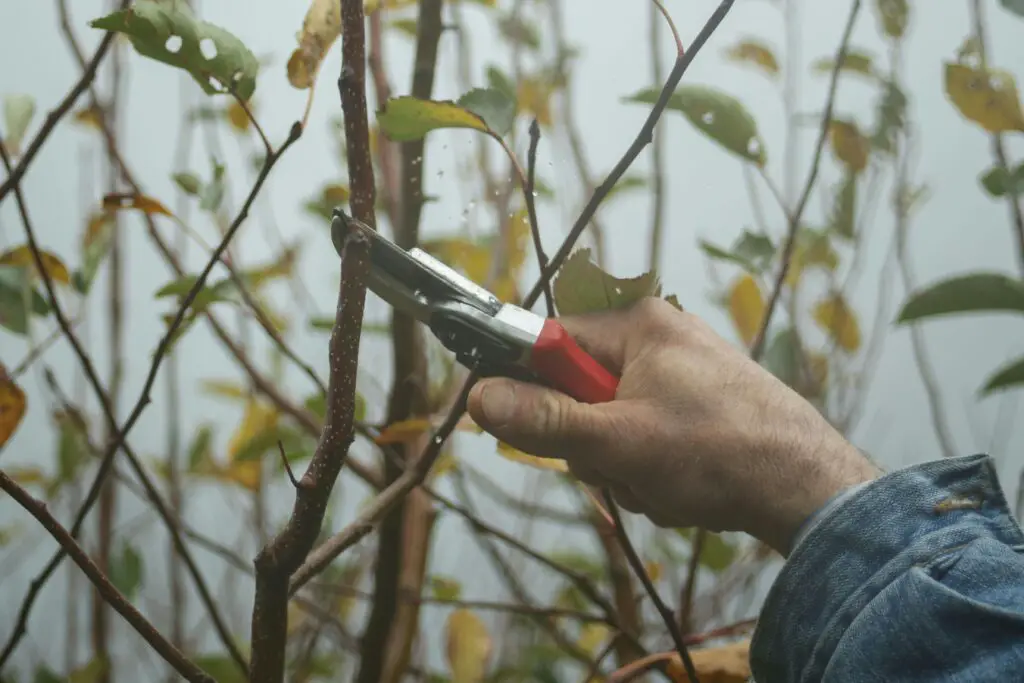
Pruning is essential for maintaining healthy plants, but when done at the wrong time, it can negatively impact pollinators. Many flowering plants rely on specific blooming periods, and pruning too early or too late can remove flowers before they have a chance to bloom. This reduces the amount of nectar available to pollinators, ultimately discouraging them from visiting your garden. To avoid this, wait until after the flowering season to prune your plants, ensuring that they have the opportunity to produce nectar for pollinators.
Incorrect pruning can also disturb important nesting sites, such as hollow branches or stems where bees might make their homes. By pruning carefully and at the right time, you can help ensure that your plants continue to provide both food and shelter for pollinators. Pruning with care not only improves the appearance of your garden but also supports the ecosystem by preserving these essential resources. Paying attention to when and how you prune can make a big difference in maintaining a pollinator-friendly garden.
10. Overly Clean Gardens
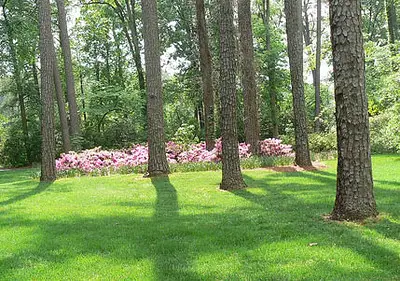
While keeping your garden neat and tidy is often seen as a sign of good gardening practice, overly clean gardens can be detrimental to pollinators. Many pollinators, such as ground bees, need undisturbed patches of soil or fallen plant matter to build their nests. Removing all debris and maintaining a pristine garden can eliminate essential habitats for these creatures. Leaving areas of your garden a little wilder and less manicured can provide the necessary environment for pollinators to thrive.
Over-cleaning your garden can also remove vital plant material that provides food and shelter to pollinators. Instead of focusing solely on aesthetics, try leaving natural areas with fallen leaves, sticks, or even a patch of uncut grass. These areas can serve as vital habitats for pollinators, offering them places to nest and find food. A little chaos in your garden can go a long way in creating a pollinator-friendly space.
11. Using Plant Varieties That Lack Nectar
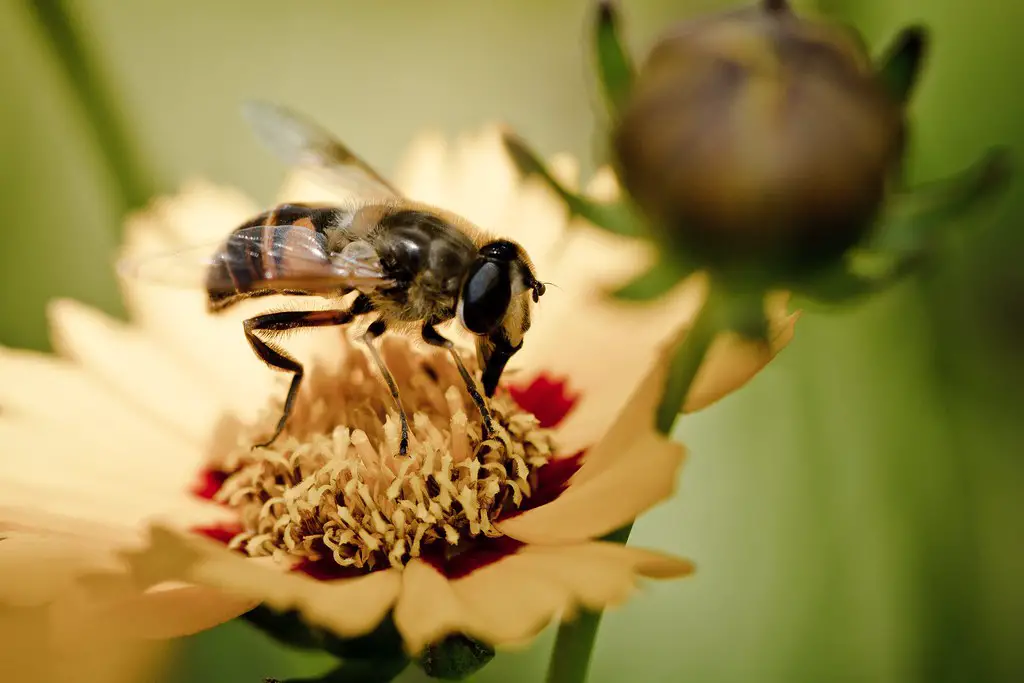
Not all plants are created equal when it comes to supporting pollinators. Some plant varieties, particularly hybrid or ornamental species, may look beautiful but fail to provide adequate nectar or pollen for pollinators. These plants often have altered structures that make it difficult for bees and butterflies to access the nutrients they need. Choosing native plants or varieties that are specifically designed to attract pollinators ensures that your garden provides the necessary resources for them to thrive.
Flowers with open, accessible blooms tend to be the most effective at attracting pollinators. Planting a variety of these plants throughout your garden, with a mix of flowering seasons, guarantees that pollinators will have a consistent food source. Opting for native plants that have evolved alongside local pollinators is a simple yet impactful way to help sustain the local ecosystem. With a little planning, you can create a garden that not only looks great but also supports a healthy population of pollinators.
12. Forgetting to Plant for Year-Round Blooming
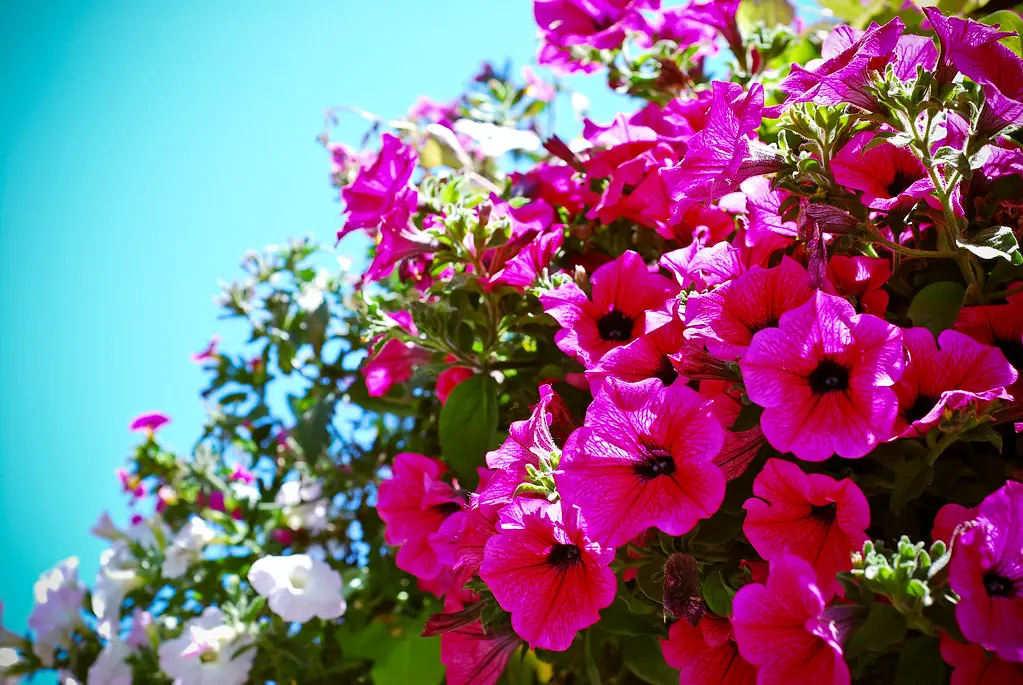
Pollinators depend on a steady food source, and that means having flowers that bloom throughout the entire year. However, many gardeners plant flowers that bloom in the spring or summer but fail to account for the fall and winter months. This can lead to a lack of food for pollinators during critical times of the year, which can harm their populations. By including plants that bloom in the cooler months, you can ensure that your garden continues to provide nourishment to pollinators year-round.
In addition to providing food throughout the seasons, planting for year-round blooming helps to support a diverse range of pollinators. Some pollinators, like certain species of bees, are active in the fall and winter, so they need access to nectar even during these cooler months. Including winter-hardy plants or early-blooming species in your garden will help create a continuous cycle of food for pollinators, improving the overall health of the ecosystem. By thinking about your garden’s seasonal needs, you can help ensure that pollinators have everything they need throughout the year.
13. Not Providing Shelter for Pollinators
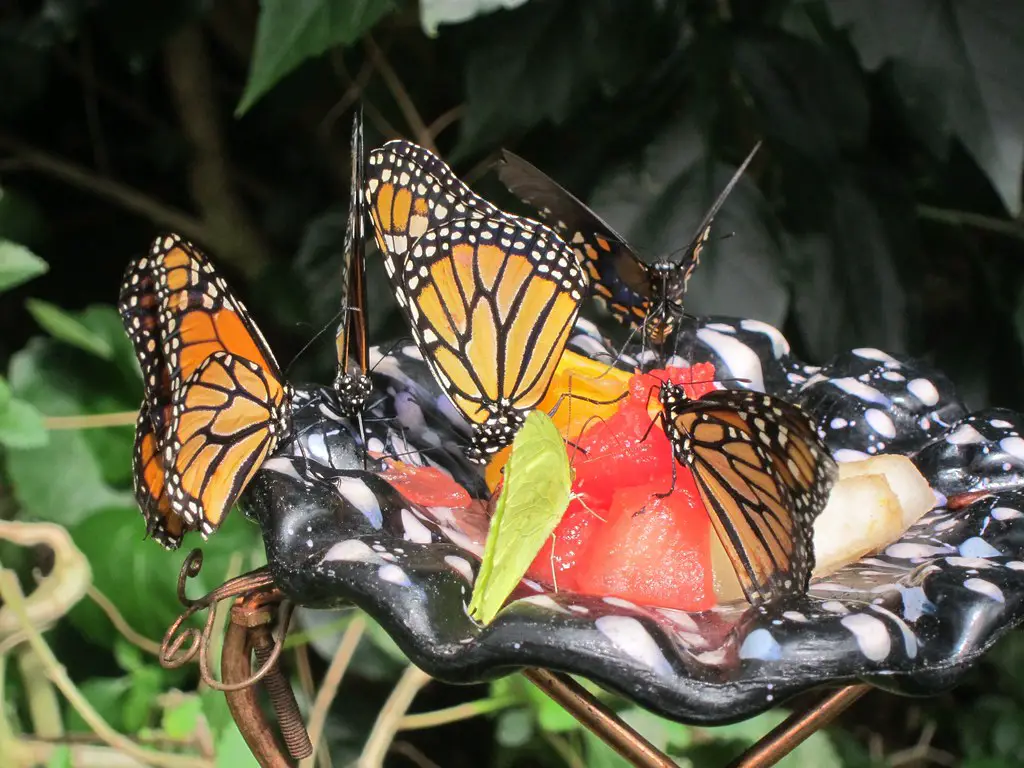
Pollinators need more than just food—they also need places to rest and nest. Many gardens focus on planting flowers but overlook the importance of providing shelter for pollinators. Without safe spaces to rest or nest, pollinators may be unable to thrive in your garden. To create a welcoming environment, consider adding bee houses, leaf piles, or patches of tall grass where pollinators can take refuge.
Providing shelter is particularly important for solitary bees and other insects that do not live in colonies. These bees often nest in dead wood or hollow stems, so leaving these materials in your garden can help support their populations. As with food sources, creating a varied and diverse environment is key to attracting and supporting pollinators. By offering both food and shelter, you create a more holistic space where pollinators can not only survive but thrive.
14. Over-Watering Plants
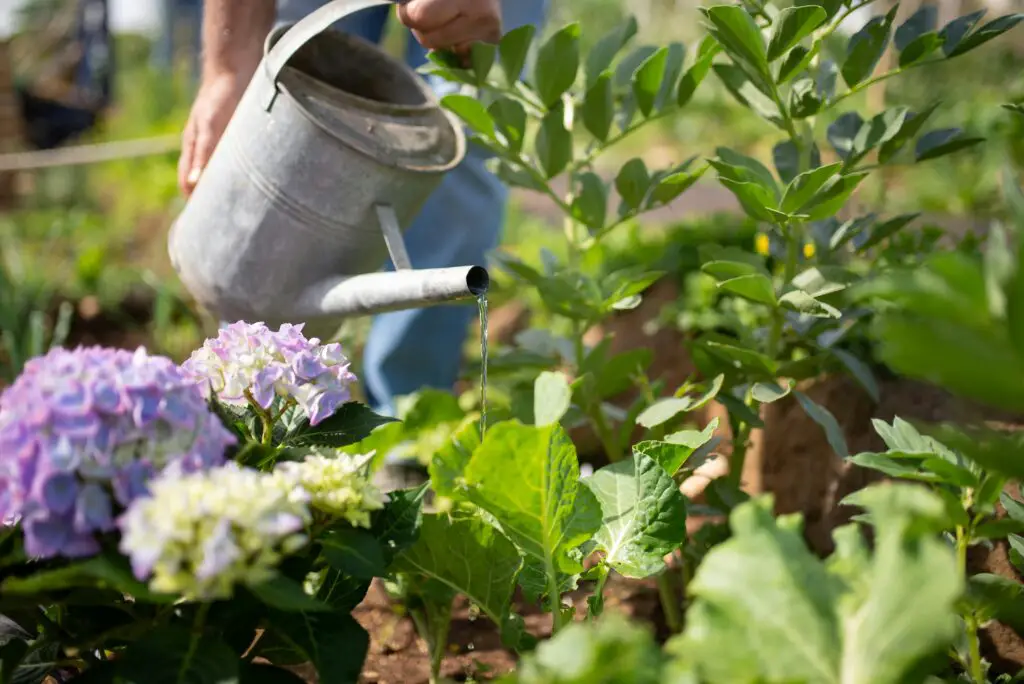
While plants need water to grow, over-watering can create an unhealthy environment for both your garden and pollinators. Excessive watering can lead to root rot, mold, and other issues that weaken plants and reduce the nectar they produce. Moreover, waterlogged soil can discourage pollinators, especially ground bees, from nesting in your garden. It’s essential to find a balanced watering schedule that meets your plants’ needs without flooding the soil.
Over-watering also encourages the growth of unwanted pests, which may further harm pollinators or attract predators that feed on them. Using mulch and ensuring proper drainage can help maintain the right level of moisture in your garden, keeping plants healthy and pollinators happy. A healthy garden with well-watered but not over-saturated soil is more likely to attract pollinators and encourage them to stay. By managing your garden’s watering habits, you create a more inviting space for pollinators.
15. Removing Dead Plants Too Quickly
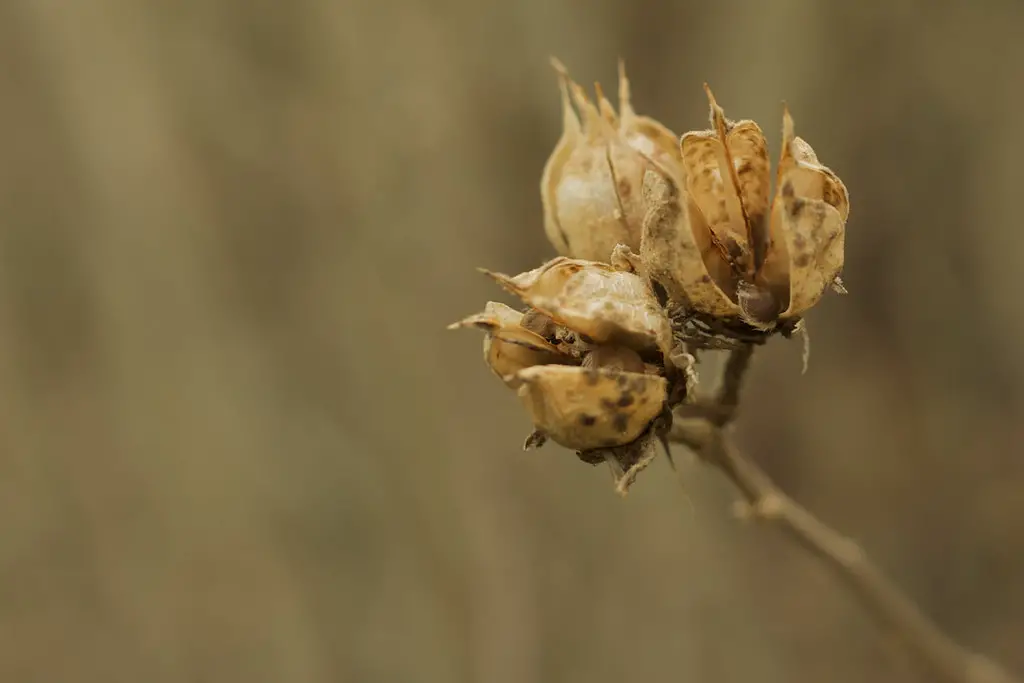
Dead plants might seem like an eyesore, but leaving them in your garden can be beneficial for pollinators. Dead flowers and foliage often provide a food source for pollinators, as well as shelter for insects during the colder months. Removing dead plants too quickly can strip your garden of these vital resources. Consider leaving dead plant material in place until the spring to give pollinators a safe place to nest and find food.
Dead plants also provide seeds and pollen that pollinators can access during times of scarcity. Instead of rushing to clean up your garden, allow it to naturally decompose and return nutrients to the soil. By giving your garden a more natural look and feel, you can support pollinators even after the growing season has ended. Patience in this area can help ensure that your garden continues to support local pollinator populations well into the next season.
